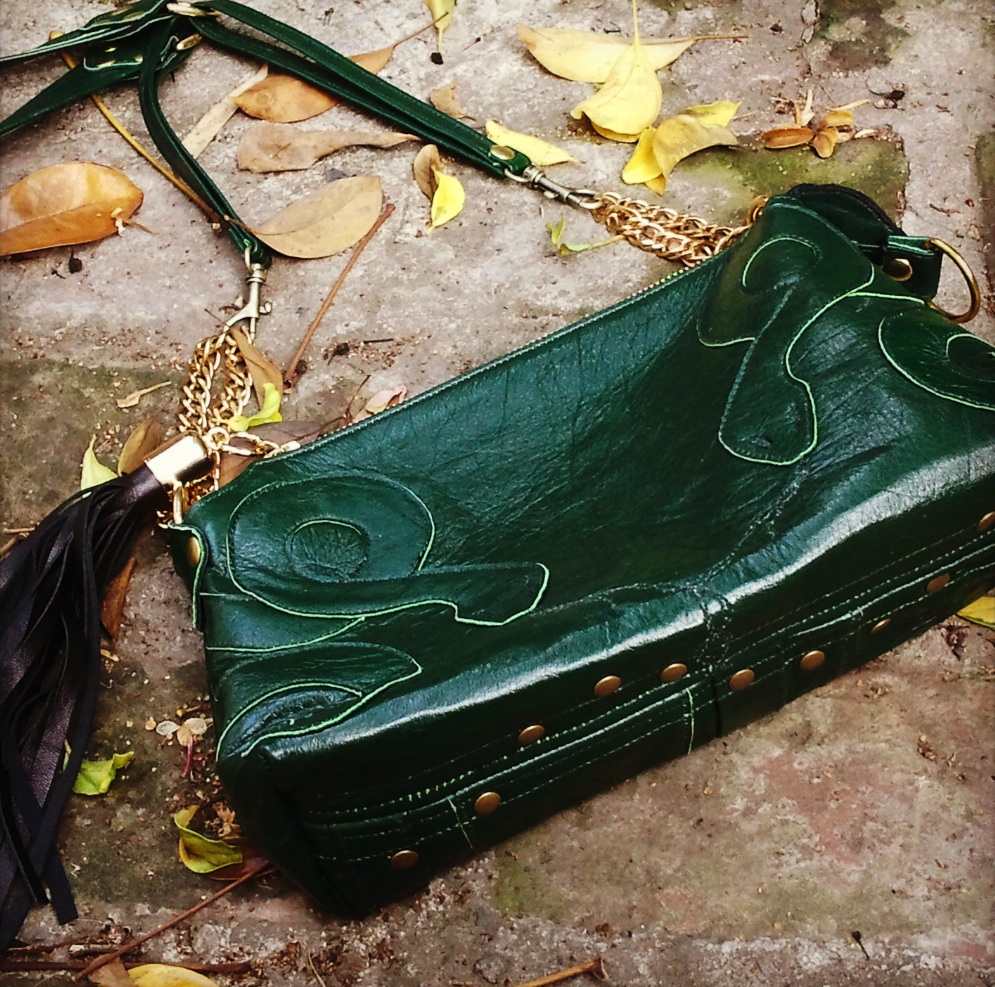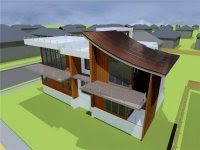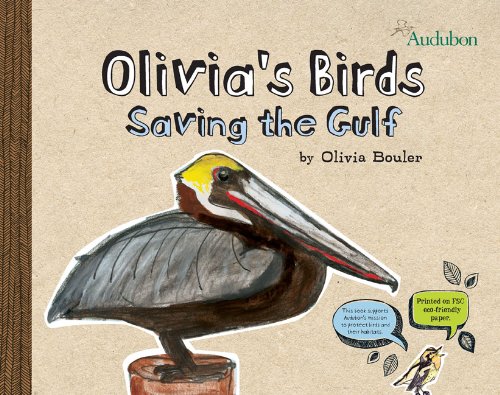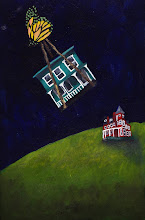





If you've ever seen the Japanese animated movie Spirited Away, you know the girl falls into a parallel universe of dreamlike spirits, and when she emerges, she discovers her family's car covered in leaves to suggest the passing of time. It was like that for me last night. When did the cherries come in on the cherry tree? Hadn't I just planted the herbs in the meditation garden which are now going to seed? And don't even ask about the window boxes.
The family returned to the backyard last night-- its sanctuary and its chores. Cherries were picked, plants were watered, the bird feeder fortified against squirrel attack. It was a lovely moment of calm reminding us to literally stop and smell the roses.
















































